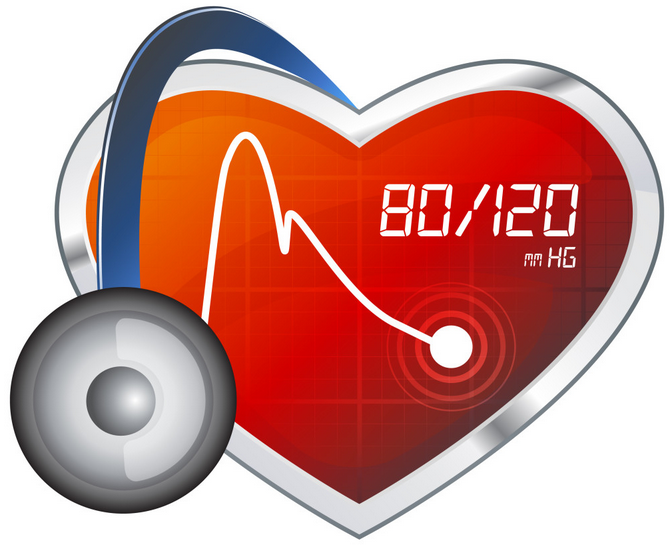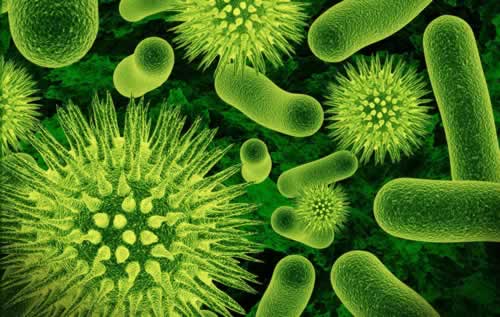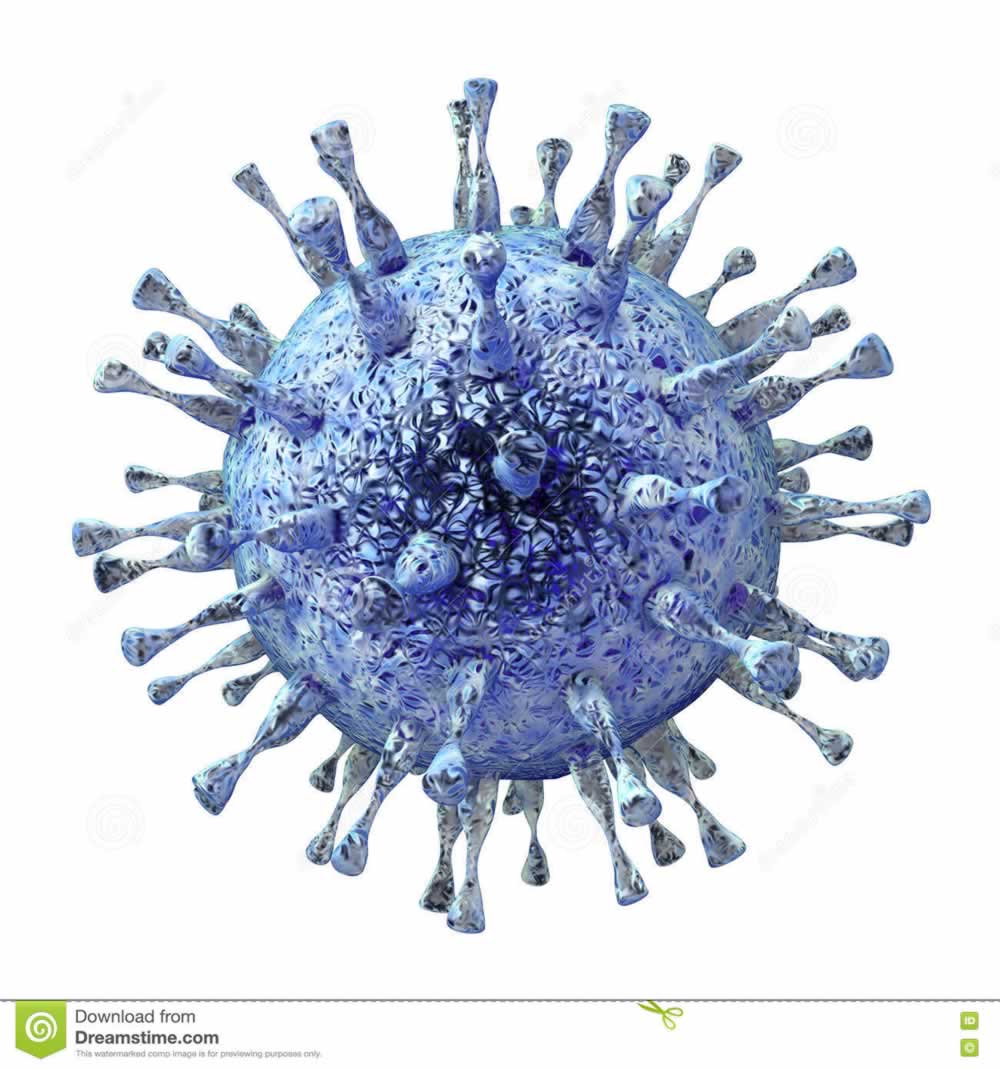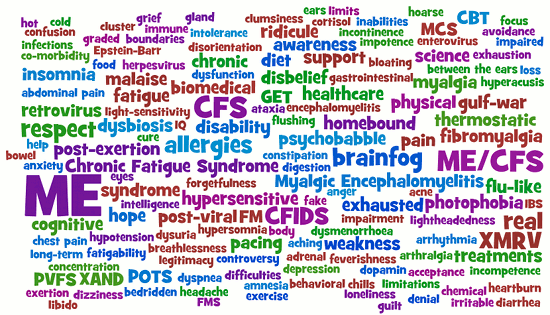What Is Rheumatoid Arthritis?
Rheumatoid arthritis is a chronic, autoimmune, inflammatory-type of arthritis. RA primarily affects the joints, with some joints being more commonly affected than others. RA may present with systemic effects as well.
There are 1.5 million adults in the United States with rheumatoid arthritis. While rheumatoid arthritis is the most common type of chronic inflammatory arthritis, osteoarthritis is the most common type of arthritis overall, affecting 27 million Americans. Rheumatoid arthritis usually develops between 30 and 50 years of age, but it can develop in anyone at any age. Rheumatoid arthritis affects three times more women than men.
Causes and Risk Factors
In mainstream medicine, it is stated that the precise cause of rheumatoid arthritis is not known. Despite that fact, there are certain factors that increase the risk of developing rheumatoid arthritis or that may trigger the disease in an individual.
| DBM Comment:Whilst mainstream medicine currently has no “cure” for RA, there is a link to RA and Mycoplasmas. It is our opinion that successfully treating mycoplasmas, repairing the gut and adjusting diet and nutrient intake, one can resolve RA. |
Common Signs and Symptoms
Some symptoms present early on, whilst others develop over time, nevertheless, there are certain characteristics and physical symptoms that point to rheumatoid arthritis. Here are a few of those symptoms:
The most common signs and symptoms of rheumatoid arthritis include:
- Warmth, swelling, stiffness, and pain that often begins in the small joints of fingers and toes. One large joint may be initially involved, with the discomfort then moving to another. It may even seem to come and go early in the disease course. As the disease progresses, most people with rheumatoid arthritis have pain and inflammation in joints of the arms and legs.
- Affected joints are usually symmetrical (same joint affected on both sides of the body, such as both knees).
- Morning stiffness lasting at least an hour or more is typical.
- Rheumatoid nodules (subcutaneous lumps) may be present.
- Joint deformities may develop due to cartilage, tendon, and ligament damage.
- Fatigue, loss of appetite, low-grade fever, and malaise are not uncommon .
Typically, rheumatoid arthritis symptoms develop insidiously or gradually. In fact, symptoms may not be alarming at first, and you might feel inclined to wait before consulting a doctor. For example, fatigue or low-grade fever may precede the significant joint pain and stiffness that eventually prompts you to get checked out.
Clearly, joint symptoms are the most recognized issues associated with rheumatoid arthritis. But there is a host of other problems that can develop, depending on which tissues in the body become inflamed. Some examples, to name a few, include:
- Pericarditis (inflammation of the lining of the chest cavity and around the heart)
- Pleuritis (inflammation of the lining of the lungs)
- Scleritis (inflammation of the sclera within the eye)
- Vasculitis (inflammation of the blood vessels)
Other Complications
Systemic or Inflammatory Arthritis (increased inflammation throughout the body) caused by RA can cause long-term health complications
Studies have found that complications of rheumatoid arthritis can include:
- Higher risk for heart disease and stroke
- Shortness of breath, chest pains, and trouble breathing normally due to lung scarring and damage
- Heart problems and nerve damage, caused by decreased circulation and inflammation of blood vessels (called vasculitis)
- Carpal tunnel syndrome
- Frequent headaches
- Kidney problems and fluid retention
- Bone pain and bone thinning
- Anemia and fatigue
- Englarged spleen and low blood cell count
- Small lumps of tissue that develop around swollen joints below the skin — These are called “rheumatoid nodules” and can add to redness or pain. About half of people with RA get rheumatoid nodules, which are most common in bony areas exposed to frequent movement/pressure (like the fingers or elbows)
- Skin rashes, redness, heat, bruising and ulcers near the nail beds
- Impaired vision and eye problems, such as photosensitivity, dryness, redness and pain known as Sjögren’s syndrome
- Frequent infections in the mouth and gums
- Appetite changes, weight gain or weight loss
Why would the immune system attack the body and create inflammation in tissues, including the joints?
RA inflammation can be triggered by a number of factors, and risk factors include:
- Leaky Gut Syndrome or poor gut health
- Obesity, especially if you have been obese prior to the age of 55
- Environmental toxins and exposure to endocrine disruptors
- Poor or low immune function cause by other medical conditions or autoimmune disorders
- Smoking
- Poor diet – especially one filled with refined carbs, sugar and fried foods
- Food allergies
- Genetics
According to the American College of Rheumatology, RA can sometimes be hard to properly diagnose and differentiate from other autoimmune diseases (like lupus or fibromyalgia) because their symptoms can all be similar at times. There isn’t one test that’s used to diagnose RA — rather a rheumatologist (a doctor who specialize in diseases that affect joints, bones and muscles) makes a diagnosis by evaluating a patient’s symptoms, medical history, family history and lifestyle. Taking a complete medical history, having a physical exam performed, and sometimes getting X-rays or a blood test can all help a doctor make a diagnosis.
Conventional Treatments
- anti-inflammatories
- corticosteroids
- biologic agents that alter the immune system
- painkillers
These medications cause:
- liver damage
- anaemia
- low platelt count
- hair loss
- kidney problems
- heart problems
Please make sure to read all information on the medication that you have been prescribed
Natural Treatment for Rheumatoid Arthritis Symptoms
Natural treatments do not cause unwanted side effects as one would get from conventional treatments. Some natural ways one can manage rheumatoid arthritis symptoms and even prevent complications from occurring:
1. Change Your Diet
Eating ‘clean’: removing foods that contribute to inflammation and eating a WFPB diet will help to treat arthritis. Supplementing this healthy diet with natural sources of foods that provide:
Omega-3’s: to lower inflammation – such as flaxseeds, chia seeds and walnuts, are all good choices.
Sulphur: Foods that are high in sulphur to help rebuild tissues and reduce inflammation – such as asparagus, cabbage, garlic and onions – all of which contain a form of MSM (Methylsulfonylmethane).
Anti-oxidants: Foods high in anti-oxidants from natural sources of fruit and vegetables provide fibre, magnesium, potassium, vitamins A and C as well as digestive enzymes and anti-inflammatory compounds. Some of the best sources include leafy greens, cruciferous veggies, berries, melon, papaya, avocado and pineapple but read more on foods high in anti-oxidants, here.
2. Keep Active
Even with RA flare-ups and pain, along with limited range of motion, it is important to “keep moving” to control symptoms and joint inflammation. The best type of exercises that will not stress the joints that are already sensitive and painful are:
- cycling
- walking
- water aerobics / swimming
- yoga / tai chi
- strength training
- stretching exercises to improve flexibility
When symptoms become very bad, extra rest is helpful — however, stretching can still help manage inflammation.
3. Manage Stress and Get Enough Sleep
Ensuring that you get sufficient sleep and reducing emotional stress will allow joints to heal, especially during periods of increased pain, swelling, stiffness and inflammation flare-ups. Stress and fatigue can cause inflammation to worsen and also contribute to muscle pains, low immunity, over-eating, weight gain, inactivity and infections.
Take time to practice relaxation techniques such as meditation, and visualisation techniques these will help you to relax and in turn relax stiff and sore muscles, reduce cortisol, strengthen your immune system and help to balance hormones. Keeping a positive attitude throughout will significantly help with pain reduction.
4. Control Pain Naturally
Before you resort to OTC drugs and pharmaceuticals try some natural pain-reducing techniques such as therapeutic massage, acupuncture and even use some essential oils to help reduce inflammation.
Some oils you can blend with coconut oil and rub into painful areas:
- ginger
- orange
- myrrh
- frankincense
- turmeric oil.
5. Reduce Inflammation with by Supplementing with these natural foods
Anti-inflammatory foods that can help reduce arthritis pain include:
























































